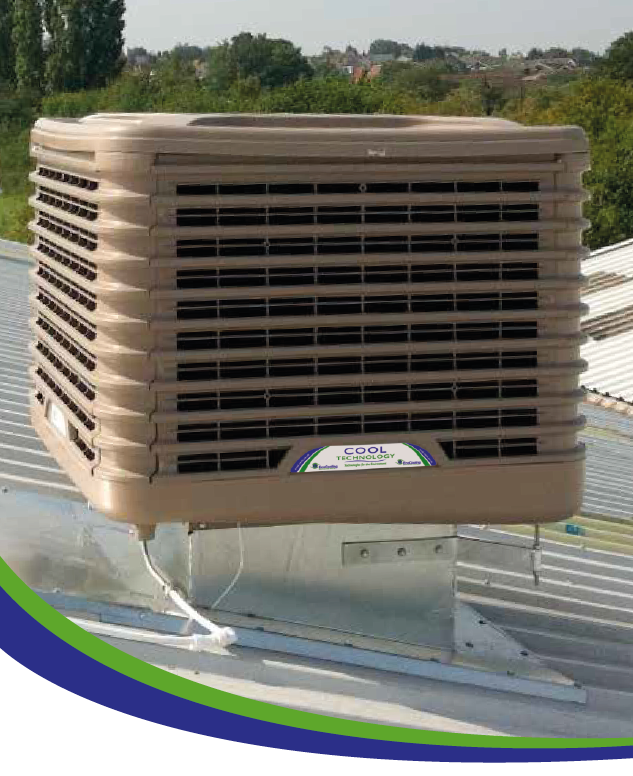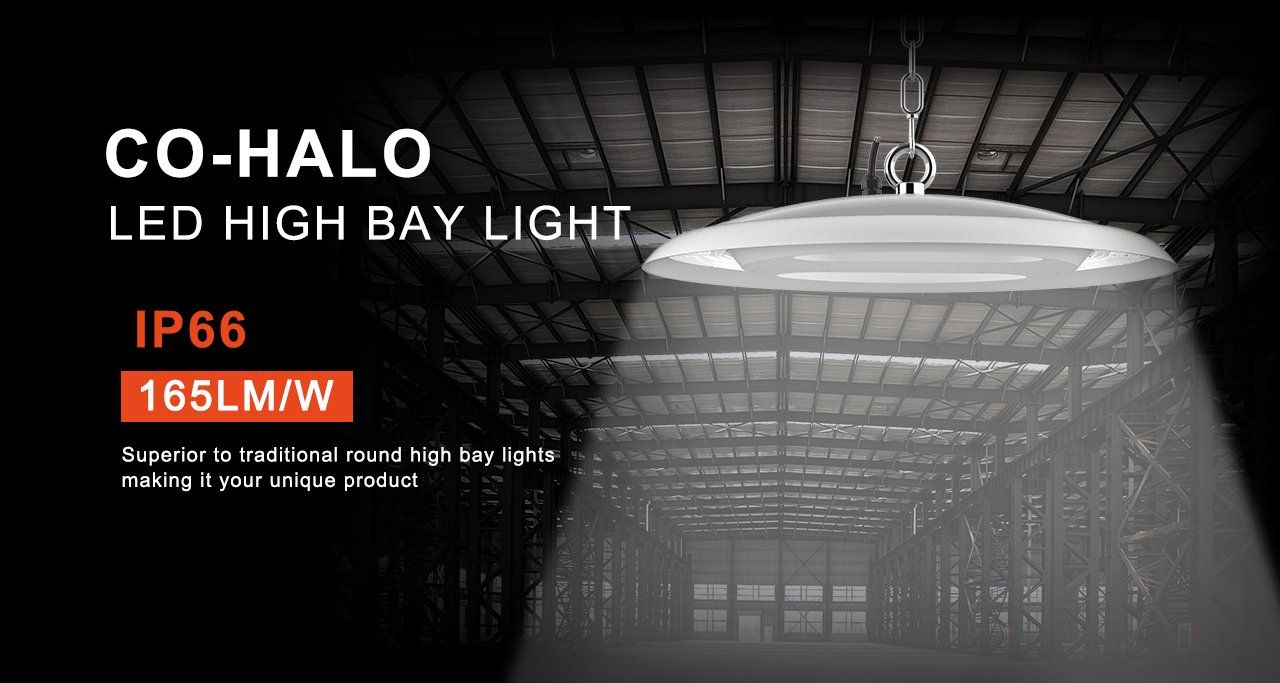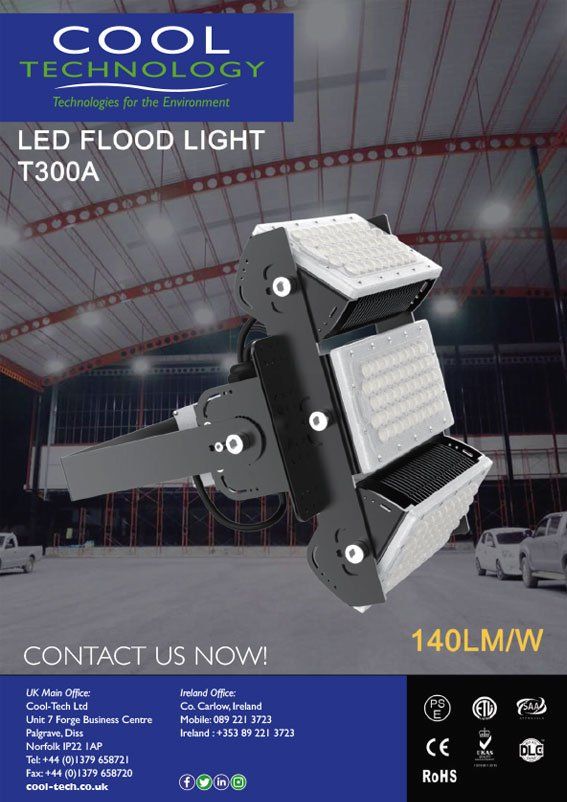Save money and stay warmer with FAR Infrared heating

Infrared panels use radiant heat to warm a space evenly. Instead of directly heating the air, which is a massive waste of energy, the panels actually heat the walls, ceiling and floor, then re-emit the heat back into the room. So let’s take a deep dive into the fine details of this increasingly popular way to heat homes and businesses.
Why choose infrared instead of a heat pump?
Heat pumps can work brilliantly but in many cases they can’t provide the kind of heat required, are far too expensive, can be a challenge to install and set up, and come with levels of ongoing maintenance that you just don’t get with Infrared heating.
How do Infrared heating panels work?
Infrared heaters heat objects directly, releasing the heat through large panels fixed to walls or ceilings and channelling it where it’s needed. This is such an efficient way to generate warmth that clever people have invented actual infrared wallpaper, which performs just like ordinary wallpaper while heating the home, and infrared under floor heating products.
About heat transfer, near infrared and Far infrared heat
There are three ways to transfer heat: conduction, convection, and radiant. Infrared panels use radiant heating to heat objects, not the air, while the other two heat air.
Near infrared generates a super-intense type of heat, so hot it’s dangerous. Far infrared is a lot less intense therefore a great deal safer, and that’s the type used in infrared heating technologies.
The panels emit infrared rays, which travel through the air until they hit something, say a wall or a ceiling. The object absorbs the rays, making the molecules in the rays vibrate, and this vibration generates heat as well as re-radiating heat back into the room. Because humans are ‘objects’ just like any other, the rays make us feel warm in exactly the same way.
Because far-infrared radiation is the same as the heat our bodies emit, we absorb it very easily, so safe it’s used in hospital baby units to keep pre-term and poorly babies cosy. If you’re allergic to dust or have asthma it’s an excellent move because the panels don’t move the air around like radiators do, so don’t move dust around either.
The units are powered by electricity which means there are no pipes, just a plug. All the fitter does is hard-wire the panels into an ordinary electric circuit with an on and off switch. The panels take 3-5 minutes to reach full intensity, which is really fast. Once heated up they take very little energy to stay warm.
As you can see it’s a very efficient way to cut out the middle man – ie. the air – and keep energy usage low.
Infrared heating panel energy savings
Gas boilers don’t stand a chance compared to infrared heating, which commonly comes with a 112-115% efficiency rating. And because radiant heat doesn’t get lost when there’s a draught, open door or window, you make even more savings on energy. The only thing they can’t do is heat water. On the other hand it’s entirely possible to link up infrared panels with an everyday electric immersion heater or cylinder.
The panel cost depends on the type of panel, the size, design and wattage. The fact that they’re so easy to install means the installation costs are surprisingly low compared to traditional gas and oil heating systems, with all that pipework.
Infrared heating can cut heating costs by anything from 30-50% depending on the space being heated. A room with high ceilings and poor insulation will still cost more to heat than one with lower ceilings and good insulation. Each panel can be switched on or off independently, giving you more ways to save money.
With no moving parts to worry about, they’re very low maintenance. There’s no boiler to let you down, no noise pollution, and they hang onto heat a lot better than a traditional boiler of any kind. No air filters, no engine, no lubrication. They come with very low emissions because there are no fossil fuels involved. Run yours on renewable energy and you get 100% clean heat. Just give the reflectors a regular wipe clean and you’re ready for rock ‘n’ roll.
With gas boilers on the way out, infrared heating is set to become an increasingly popular way to stay cosy for homes and businesses. If you’d like to know how much it’ll cost we’ll be delighted to quote for the perfect set-up for your context, so you can stay warm for less in future.










